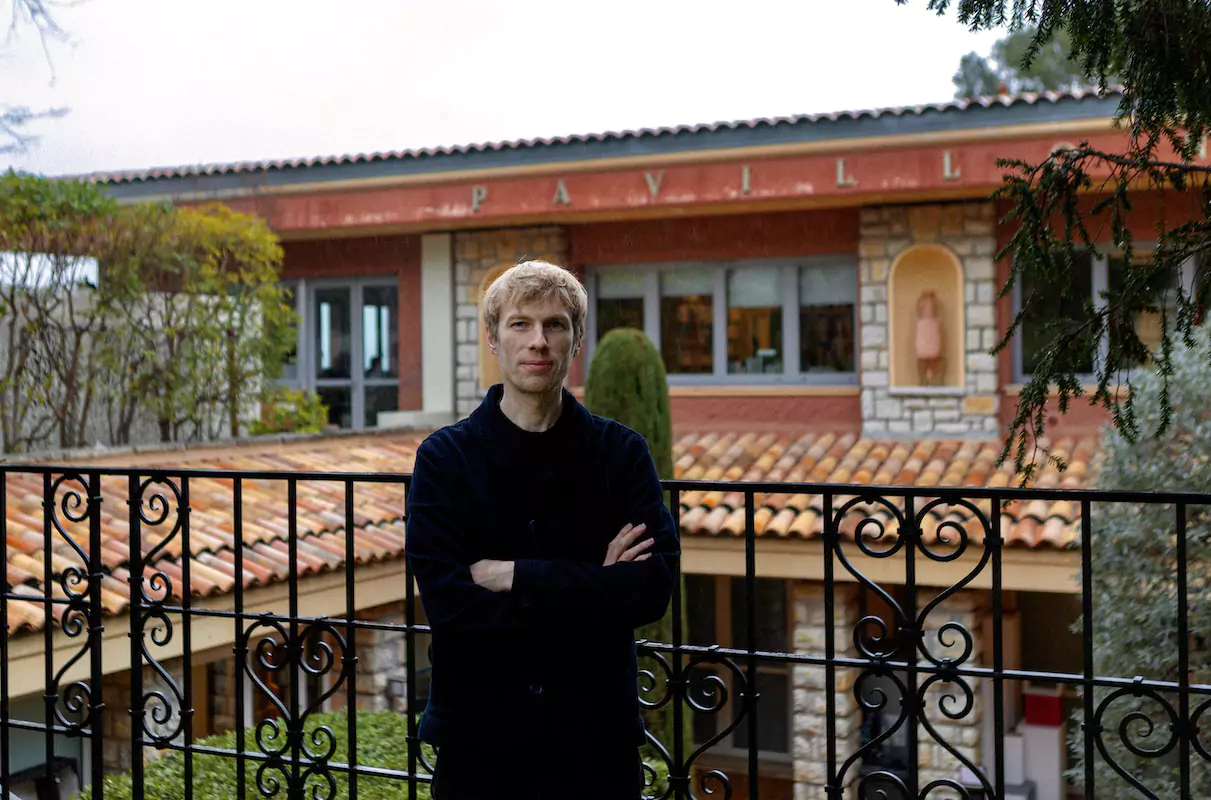In an interview with Monaco Life, Director of Pavillon Bosio Thierry Leviez shares insights into his journey, vision, and aspirations for Monaco’s art institution.
When he took over as Director of Pavillon Bosio in September 2021, Thierry Leviez brought with him a solid background and a rich baggage of diverse cultural experiences. Born in Toulouse in 1979, Thierry came to Monaco via Paris, having trained at the Ecole du Louvre and the Ecole du Magasin in Grenoble. Former curator of the Printemps de Septembre exhibitions in Toulouse from 2013 to 2016, he notably led a vast project that revolutionised the Musée des Augustins in Toulouse alongside Jorge Pardo. He has curated several expositions, including the first one devoted to the brick sculptures of Per Kirkeby.
His growing love for scenography, enriched by diverse cultural experiences, transformed him into a leader in exhibition design. So, it is no surprise that he wishes to keep focussing the school around his expertise. While continuing to train artists, Pavillon Bosio aims to offer students the added value of a factual technical background. Scenography is a growing specialty, and the Pavillon strives to become the standard in that field, by continuing to partner with many outstanding international art schools.
Monaco Life: How did you become specialised in scenography?
Thierry Leviez: I worked for nearly 20 years as an exhibition curator, first for a biennial in Toulouse, then as head of exhibitions at the Beaux-Arts in Paris. It has always been clear that art is not a solitary adventure confined to the artist’s studio. There’s a lot at stake in the process of the exhibition making. If you consider scenography in a larger sense, including all the contingencies of an artistic project, that is where things really take shape and get their actual meaning.
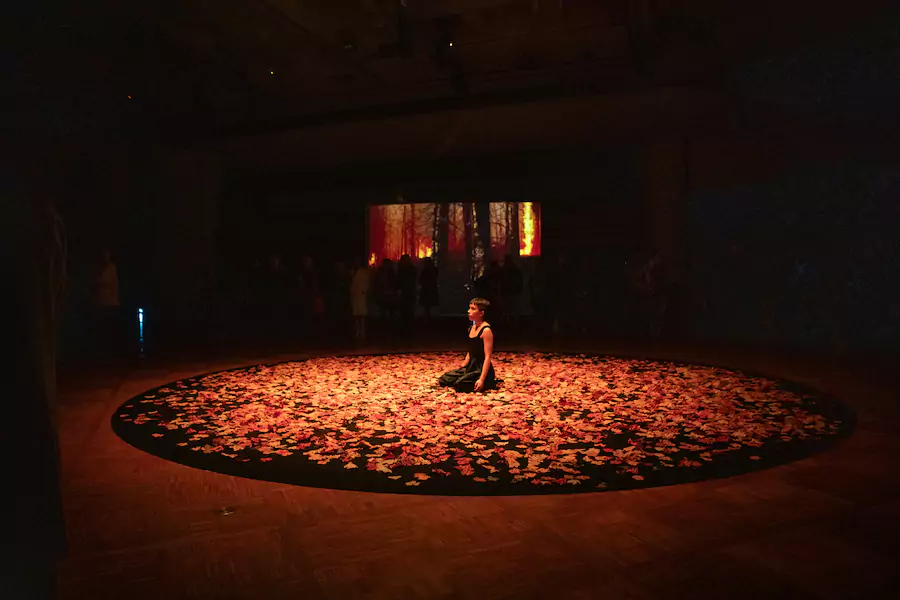
What is the most challenging project that you have done till now?
While working in Toulouse, the art festival started as an annual event and progressively became a biennale. The pace was insane, and most of the shows were produced for the festival, as opposed to exhibitions where you would borrow existing artworks. Some years, we had 20 to 30 international artist projects to stage in as many historical venues in Toulouse as possible. It was a bit crazy and pushed my limits; all the jobs I had after that felt effortless in comparison!
Where do you find your creative inspiration?
Working in an art school is the most creative habitat you can imagine. It is the perfect environment for ideas to flow freely and discuss them all day. I have always considered myself very privileged to work in these conditions, being constantly challenged and surprised.
What is the most valuable skill that helps you excel in your work?
As a curator, you’re always like an advocate of the artist. You must understand requests that might seem superfluous at logistical or financial levels. Strive to be genuinely convinced that those details will make art happen. In an art school, the scale is different. However, it’s still about understanding the students’ ideas or projections and consistently placing art at the center of everything.
What is your primary role as Director of Pavillon Bosio? Tell us what a typical day is like for you.
My central role is to orchestrate the prolific number of ideas and proposals initiated by the team, the teachers, and the students.
A typical day would include a studio tour, short discussions with the students about their work and administrative tasks, and elaborating collectively on new projects with new partners. Art schools are project-based entities; they are very different from most other schools. Here, the students practice independently, which you must enforce as much as possible. Besides that, you must create situations where somebody can develop collective forms (theatre, dance, exhibition, etc.) can be developed.
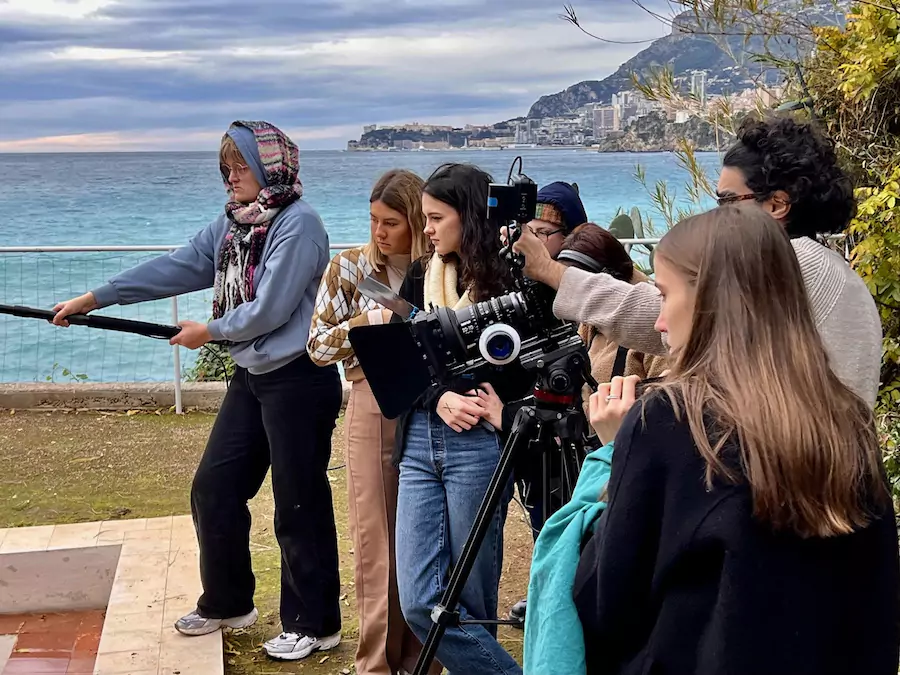
What are your achievements after two years as director of Pavillon Bosio?
We created many new projects: a collection of books with Manuella Editions, a new post-graduate program that we have called ‘Décors’, a new course in scenography for fashion, a new course in scenography for theatre thanks to Laurent Berger, one of our teachers who is also collaborating with art schools in Lausanne and Brussels, a new round of exhibitions called ‘Garden Club’ written and designed by the students with their works and those of the teachers, new studios for photography and new offices. Meanwhile, we are recruiting patrons for our ‘Friends of Pavillon Bosio’ circle led by Holly Hayward. We will probably inaugurate this new group of friends in the spring.
We are delighted that enrolments are on an upward curve, with twice as many applications in the last two years.
Do you plan to transform Pavillon Bosio into a hub of creative experimentation?
As the school occupies a pavilion that is too small for its activities, it works like a creative platform for projects that take place elsewhere with partner institutions. From the beginning, Pavillon Bosio explicitly focuses on working closely and intensely with local and international partners.
What makes a great art school?
A fabulous art school should be a place of freedom, providing the context and the support for young artists to develop ideas and help them materially to realise those ideas.
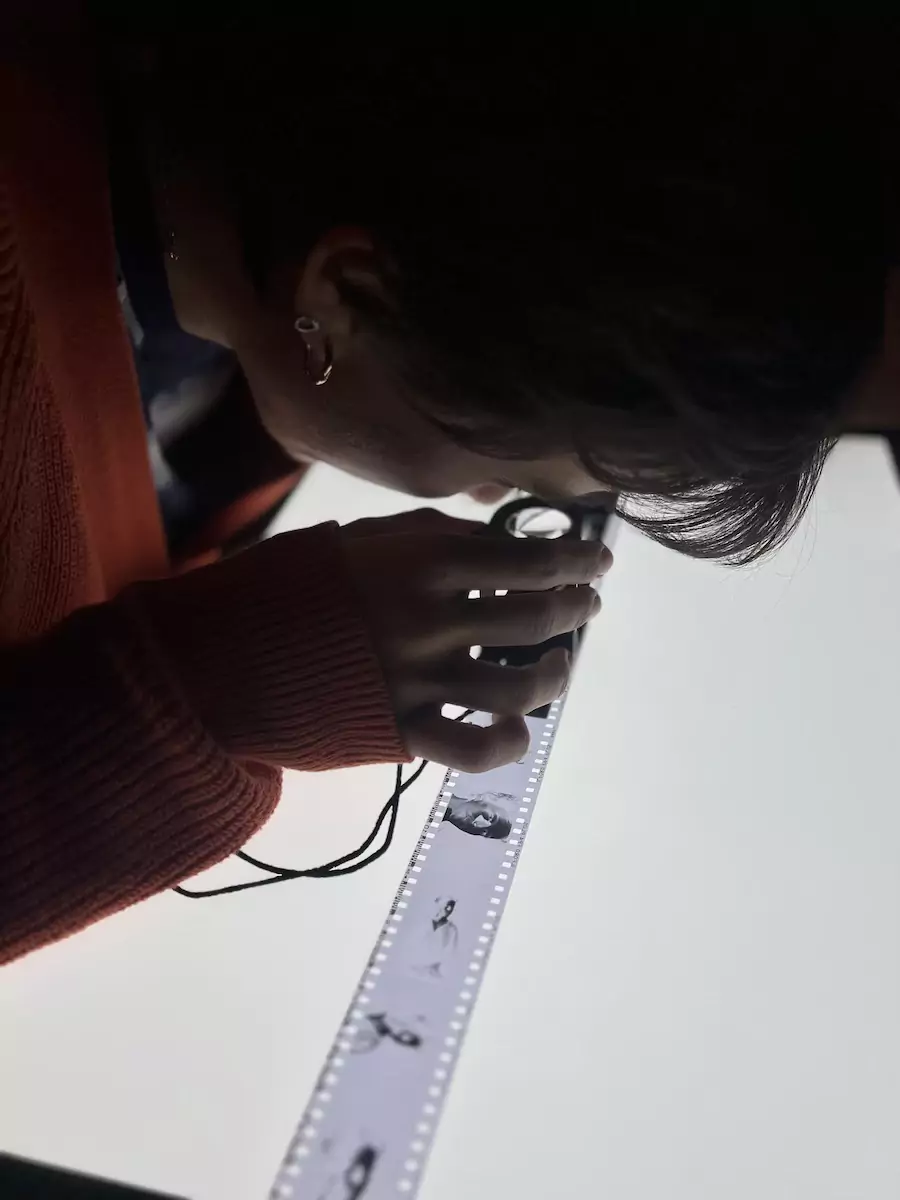
How would you like to see classrooms evolve in the future?
Precisely, we have classrooms while we should have workshops! In the future, I am dreaming of an ambitious project for a larger Pavillon that involves a building extension.
The Pavillon Bosio has partnered with the Ecole des Beaux-Arts in Paris. What does this partnership consist of?
Long before I arrived, Pavillon Bosio was already working with several prestigious international art schools. There are projects with Head in Geneva, La Cambre in Brussels, La Manufacture in Lausanne, the University of Bratislava, and young curators from La Sorbonne. The partnership with Beaux-Arts de Paris also involves the Paris Malaquais School of Architecture, plus there is another leading Parisian school that wants to join us next year. This annual cycle of 10 lectures is devoted to the mise-en-scène of exhibitions (exhibition display) entitled ‘L’entour.’ ‘L’entour’ surrounds an artwork, all the scenography and contextual elements that transform it into an object of art.
In which ways do the students of Pavillon Bosio contribute to the project with the students of Princess Grace Academy for the Imprevus in March 2024 and their gala in June?
The collaboration with the Ballets of Monte-Carlo has been an ongoing project for more than 10 years. The young scenographers from Pavillon Bosio designed a set for a ballet created by the dancers of Ballets of Monte Carlo (BMC), who act both as dancers and choreographers. This year, as the company will be on tour, we teamed up with the Princess Grace Academy, who commissioned Greek choreographer Elias Lazaridis to create a piece for 20 young dancers from the Academy. The result will be seen in March at the BMC Atelier and again in June at their Gala at the Opera Garnier.
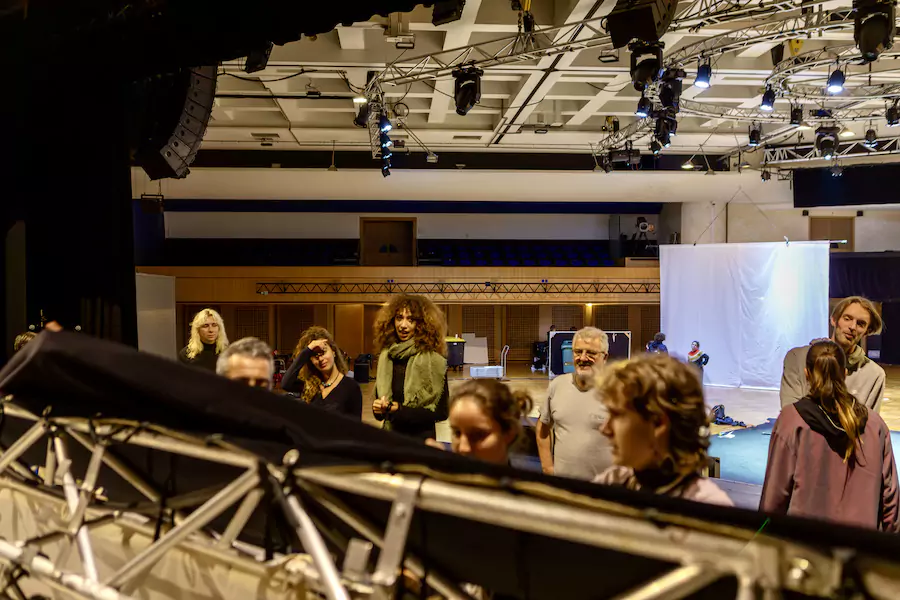
What about the fashion/scenography project you are working on with the students at Central Saint Martins University of the Arts in London?
Following the same model, we wanted the school to venture into uncharted territory with a fashion show that will be held on 26th April at Espace Léo Ferré as part of the Monte-Carlo Fashion Week. We initiated a journey two years ago with an international symposium, La mode et ses dispositifs scénique (Fashion and its stage devices). A comprehensive book on that topic will be published next year. For this show, we are working with the Master Students in fashion design at Central Saint Martins. Seven of them are currently designing their collections of six looks, which our students will stage in the theatre. Of course, working with artists, we expect them to create something very different from standard fashion shows, even though we have no idea yet what it will be like!
What role can art and creativity play in supporting the next generation to thrive in the future?
Usually, art school students are somewhat worried about their future and skeptical about the opportunities opened by their art degree. Their parents make it even worse as they struggle to imagine their children making a living from a creative activity. But the reality is radically different. Creative people are among the most sought-after in today’s world. Students I used to work with some years ago at Beaux-Arts de Paris are now traveling internationally through exhibitions, art residences, and foreign cultural programs. These are experiences you can’t get from an office job. While some become artists, most do well in various professional activities.
What is your ambition for the future of Pavillon Bosio?
Monaco can be a privileged place for artists, so I believe the Pavillon has everything to take a leadership role. There’s still work to do to put the Pavillon on the map of international art schools, but seeing it grow from year to year is a great satisfaction.
Join the Monaco Life community – sign up for the Monaco Life newsletter, and follow us on Threads, Facebook, Instagram, LinkedIn and Tik Tok.
